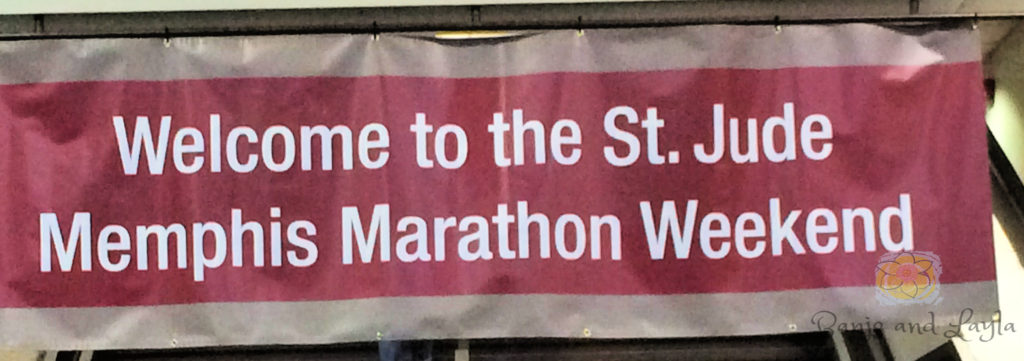
The first Saturday of December every year for the past ten years or so I have participated in the St. Jude Memphis Marathon Weekend. The last marathon I ran was the St. Jude full marathon in 2004. It took me over 5 hours, and I haven’t run a full marathon since then. But I have completed many of the other races held that weekend. Last year my husband and I ran the half marathon, and this year we will be doing the 10K. A 10k race is 6.1 miles and is doable by almost anyone with the proper training. It sounds far if you are a beginner, but you will be surprised at how much endurance you will build up in just a few weeks. At the end of this post I have provided a training plan for ten weeks to a 10K. It is geared for beginners, so if you are more experienced you can just add a little more distance and speed work. And if you would like to find out more about St. Jude Children’s Research Hospital or help me raise money for them as a St. Jude Hero click here.
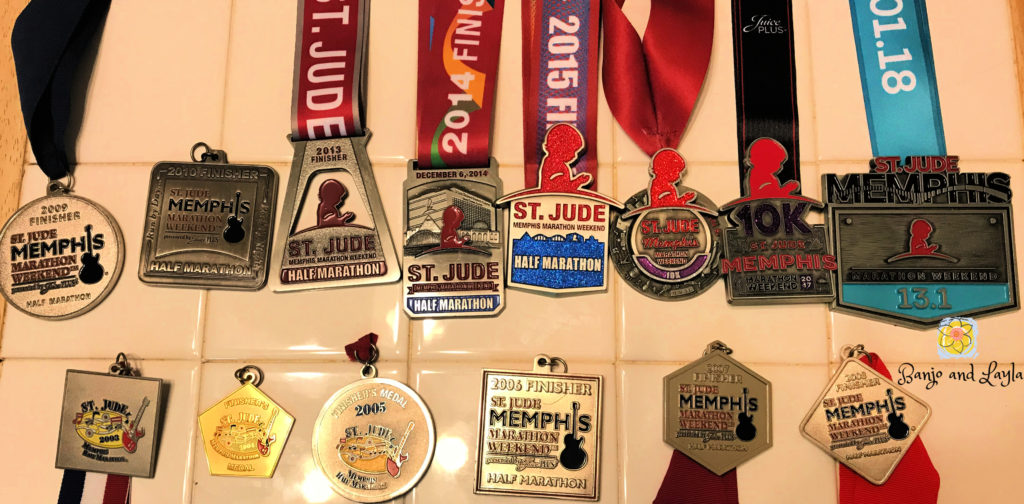
This is a sponsored post, but all opinions are my own.
But before you dive into a training plan let’s talk about shoes.

One of the most important things you can do when it comes to running is to get the right shoes. I’ve seen so many people go to one of those big box stores and try to get advice from some kid who not only does not run himself but also doesn’t even know where the shoes are in the back of the store. Going to a general sporting goods store or buying shoes online will not actually save you the money you think it will. Most major brands of running shoes are price fixed, meaning they will not allow stores to sell their brands below a certain price. This is called MAP pricing (minimum advertised price). Getting the right running shoe for you is not like picking out black dress shoes. These are shoes you will be training in. They need to withstand heavy impact, keep you in proper running form, and not rub blisters or cause injury. The shock absorption on your shoe when walking is 1 ½ – 2 times your body impact force, but that doubles when running. When running it jumps to 2 ½ – 4 times your body impact. Your running shoes are sort of a big deal! My husband and I have purchased our running shoes from a local store called Breakaway for years. If you are in the Memphis area I highly recommend trusting them with your running needs. Tell them that you heard about them from Banjo and Layla. Here is why I recommend buying local: Barry Roberson, the owner, tells me that he sees his job not as selling but as matching people to the right products. He also knows running. He has been running since 1971 and selling shoes for almost as long as that. He also cares. He cares about running, and he cares about people. For the past several years he has organized a free training program for runners participating in the St. Jude Memphis Marathon Weekend. He gets up at 3:00 A.M. every Saturday morning to set water out on the course and prepare for the early morning Saturday training runs. My husband and I have participated in these training opportunities a few times, and I can tell you from experience that he and his volunteers give just as much support and encouragement to those of us at the back of the pack as he does those in the front. Besides training, he encourages fundraising for St. Jude by providing fundraising prizes and incentives. He also donates shoes to schools in underprivileged areas in our city. In the past 5 – 6 years Breakaway runners have raised over one million dollars for St. Jude Children’s Research Hospital here in Memphis!
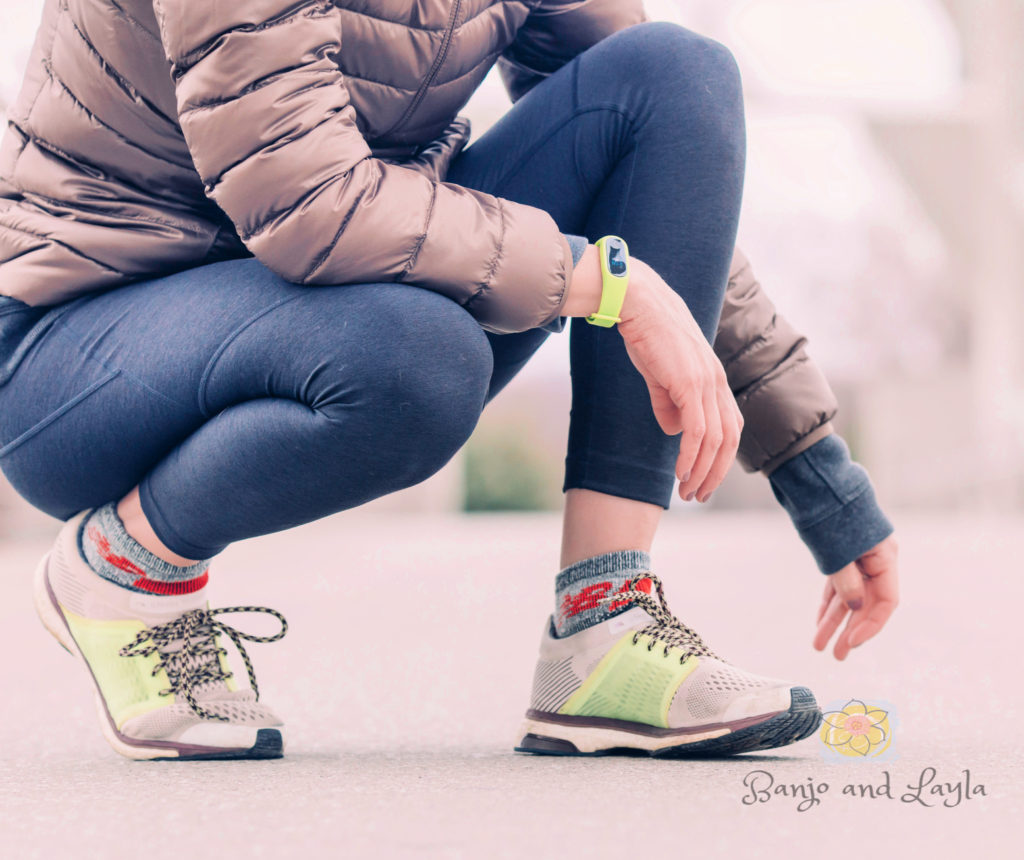
Most large cities have a local running store. Employees at a local store care, because they know they will end up seeing you out on the trail and at races. They are runners just like you. They know how to ask the right questions and get the right shoe to keep you injury free. Barry is constantly giving free advice to runners on training and injuries. When it comes to shoes Barry says that it is important not to have unrealistic expectations. My mom tells me that when I was a little girl I said that my new shoes “make me run faster than I can.” Don’t we all wish there was such a shoe! But beware of unrealistic claims from advertisers. And be careful about thinking that some online survey will match you with the perfect shoe size and type. Barry says that Breakaway can ship shoes anywhere, but unless the person ordering has already been fitted somewhere else he needs an actual foot to make the right shoe match for a person. Breakaway also has a 30 day return policy. If the shoes don’t work out, the customer can bring in the used shoes within 30 days and make a trade. Barry says that the most expensive running shoes are not always the best ones. Usually mid-prized shoes are best. You can expect to pay around $150 – $170 for good quality running shoes. Out of curiosity I asked Barry about the barefoot running trend. He said that this trend came about from a popular book called Born to Run. In theory it makes sense, but there was no concrete and pavement back then when people first ran. And the toe shoes are no different. They were actually started as water shoes, but runners who use them have reported a high rate of stress fractures from having no shock absorption.
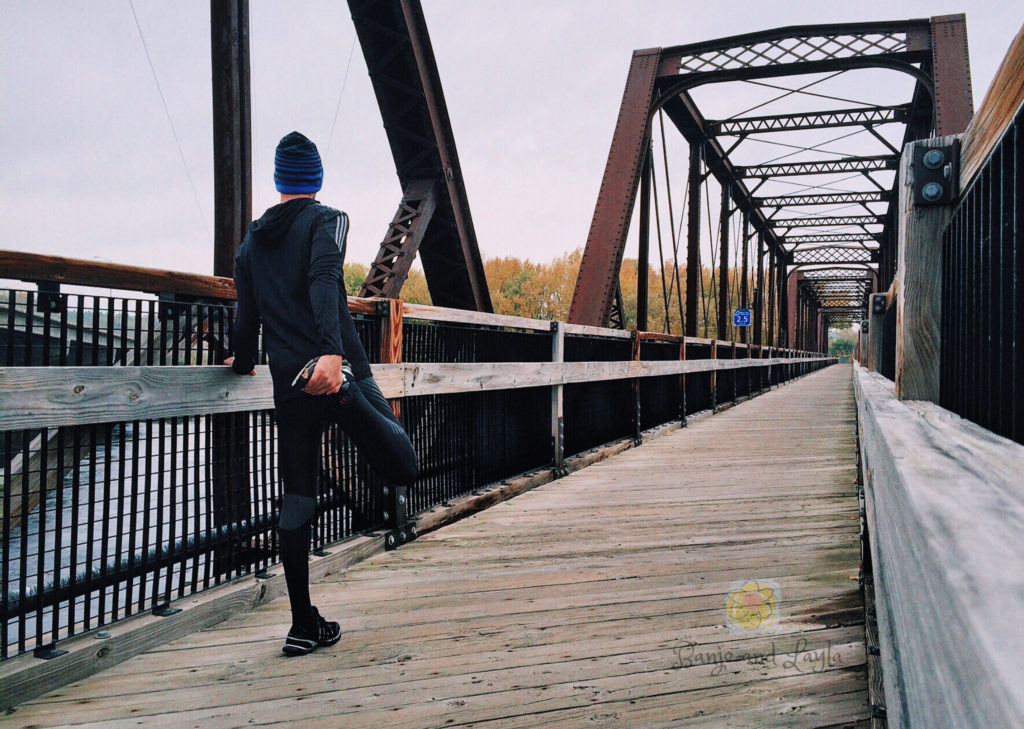
Running is one of the most economical and convenient forms of exercise. Running shoes and clothes are the only equipment you need, and you can run almost anywhere. Fitness Centers and gyms see the same thing all the time – especially in January. People think, “If I pay for exercise I’ll do it.” But then they quit. If people can just get over that initial discomfort of getting off the couch and get out there they will be fine. But getting a schedule and sticking to it is all it takes. Almost anyone can run. It just takes determination and patience. Many cities have running clubs and training groups for all levels. The Memphis Runner’s Track Club in our city puts on a series of races every Fall called the Road Race Series. One year my husband and I did all 10 races and were rewarded with a trophy for being “Road Warriors.” The series is made up of 2 5K’s, 2 5 milers, 2 10k’s, 2 10 milers, and 2 half marathons.Others have found running apps to be helpful. One example is Charge Running which has live, trainer led running classes. You can run with people from all over and get personal feedback from a trainer who uses the data from your phone to give you specific and personal coaching. I think this is a brilliant idea! Let me know how it goes for you if you try Charge Running. The price is very reasonable, and it works! Some of the nicest people you will ever meet are runners. And the running community is so diverse. I see all ages and body types out running. Believe it or not you do not have to be skinny and fit to run. When I did my first marathon it was when Oprah Winfrey had just completed the Chicago marathon. I told myself that if Oprah could do it I can do it. And I’ve done three!
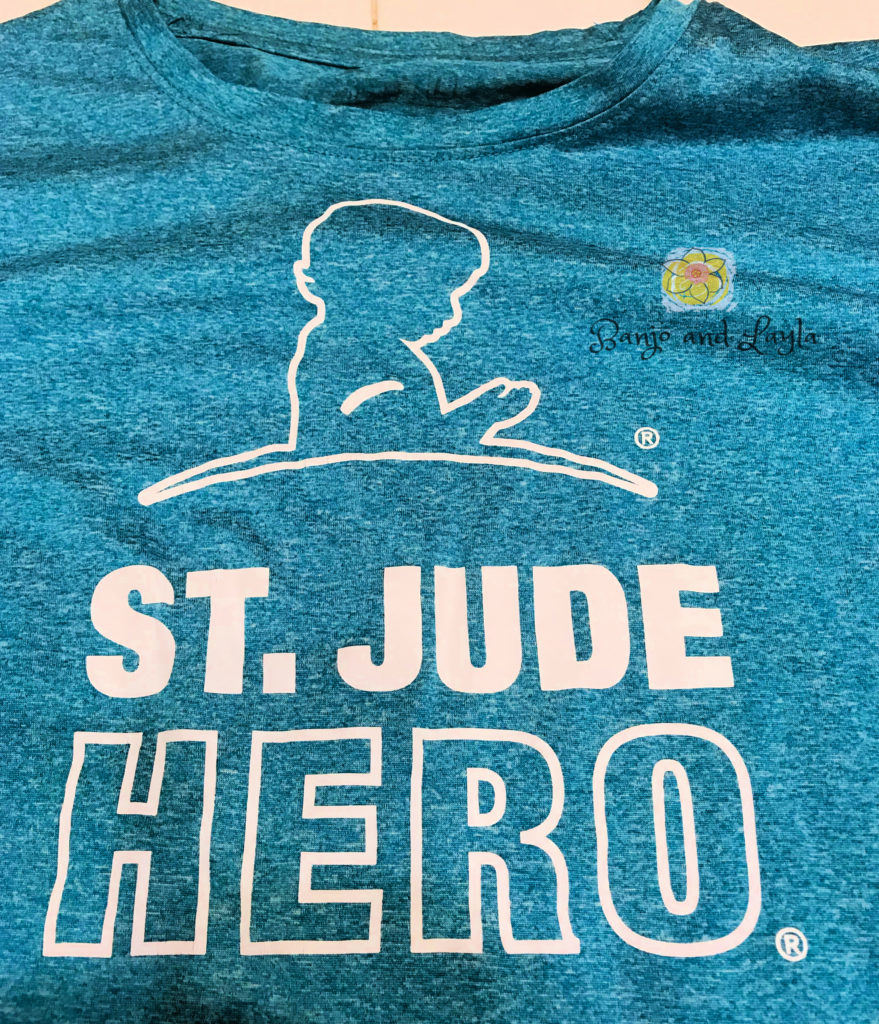
Below is your ten weeks to a 10K Training Plan for Beginners. This schedule is only a guide. It is OK to make small changes to fit your work and family schedule. Also, the first three weeks are the same, so I have only shown 8 weeks. If you are already conditioned you could shorten it to an 8-week schedule. Some of the terms you may see in the schedule are also defined below.
Rest: On the schedule it is designated with an “R.” Rest is super important. This schedule suggests resting on Fridays before your weekend workouts and on Mondays after those workouts. You cannot train properly if your muscles are fatigued. Take rest days seriously.
Running workouts: As a beginner, don’t worry about how fast you run; just cover the distance–or approximately the distance suggested each day. Ideally, you should be able to run at a pace that allows you to carry on a conversation comfortably with any training partners. In this beginner plan you run three days of the week: Tuesdays, Thursdays and Saturdays.
Cross-Training: On the schedule, this is identified simply as “CT.” Wednesdays and Sundays are cross-training days: swimming, cycling, walking, cross-country skiing, snowshoeing, or other forms of aerobic training. But don’t cross-train too vigorously. Cross-training days should be easy days. You can also choose to do a very easy run on these days.
Long Runs: The longest runs are planned for Saturdays, since you probably have more time to do them on the weekends. If Saturdays don’t work for your long runs, feel free to do them on Sundays, cross-training on Saturdays. The pace should be slow. Don’t be afraid to take walking breaks. Just cover the distance.
Strength Training: Have you lifted weights before? If not, you may not want to start the same time you start a running program. Tuesdays and Thursdays are good days for strength training–after your run. Stretching also is important to keep your muscles loose. Make sure your muscles are warm before you stretch.
Walking: Walking is an excellent exercise that a lot of runners overlook in their training. In the training schedule below, walking workouts are not specified, but feel free to walk during your running workouts any time you feel tired or need a break. It is OK to walk!
NOTE: mi = mile and m = minute
Training Schedule
| M | T | W | TR | F | Sat | Sun | |
| 1 | R | 1.5-mile run | CT or R | 1.5-mile run | R | 2-mile run | 25 – 30 minute run or CT |
| 2 | R | 2-mile run | CT or R | 2-mile run | R | 2.5 mi run | 25 – 30 m run or CT |
| 3 | R | 2.5-mile run | CT or R | 2-mile run | R | 3.5-mi run | 30 – 35 m run or CT |
| 4 | R | 2.5-mile run | CT or R | 2-mile run | R | 3.5-mi run | 35 min run or CT |
| 5 | R | 3-mile run | CT or R | 2.5-mile run | R | 4-mile run | 35 – 40 m run or CT |
| 6 | R | 3-mile run | CT | 2.5-mile run | R | 4.5-mi run | 35 – 40 m run or CT |
| 7 | R | 3.5-mile run | CT | 3-mile run | R | 5-mile run | 40 m run or CT |
| 8 | R | 3-mile run | CT or R | 2-mile run | R | R | 10K Race |
So get out there and buy some new running shoes and start your first steps! Let me know how you like this plan. I’d love to read your comments below.

